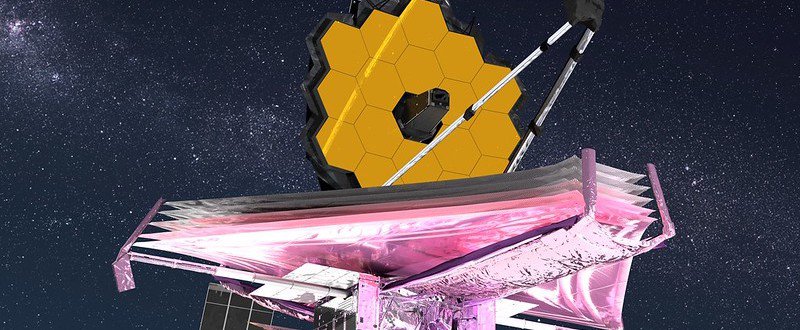
NASA’s James Webb Space Telescope (JWST) is poised to launch and become the most powerful and far-seeing observatory in Earth orbit. After its deployment, the telescope will greatly expand the capabilities of astronomers on Earth and will be used to study every phase in the history of the Universe.
JWST was initially designed for deep space astrophysics, yet it could also be a powerful tool for astrobiologists and other scientists who study extrasolar planets. It will make observations of both our own solar system and the formation of distant stellar systems that could be capable of supporting life on Earth-like planets.
A recent article from Many Worlds discusses how JWST data could be used to advance exoplanet science, as well as the limitations that the mission has with regard to this field of study. Click here to read the full article.
The Many Worlds Blog chronicles the search for evidence of life beyond Earth written by author/journalist Marc Kaufman. The “Many Worlds” column is supported by the Lunar Planetary Institute/USRA and informed by NASA’s NExSS initiative, a research coordination network supported by the NASA Astrobiology Program. Any opinions expressed are the author’s alone.
